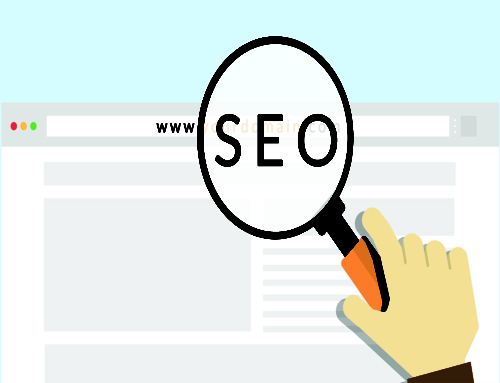I receive promotional e-mails from no less than 20 different politicians, non-profits and retailers. My promotions folder on Gmail is probably 100 emails deep as I’m typing this. I didn’t sign up for these mailing lists because I enjoy being hit up for donations every day or because I want “exclusive” deals on fall apparel. Instead, I look at each e-mail received as an opportunity for me to learn from professionals who are also navigating this ever-changing space. As a communications professional, I’ve written and designed hundreds of e-mail campaigns. I continue to grow as a designer by learning from my mistakes and the mistakes of others.
User-friendly platforms like MailChimp, Constant Contact and NGP enable anyone with basic computer skills to copy and paste their content into a variety of pre-designed templates. This ease of use often leads to shoddy emails, mainly because the sender erroneously believes all the work has already been done for them.
Some of the biggest mistakes I frequently see include:
– Too many images/oversized images: This is problematic for many reasons. First, using too many images, especially large images, slows down an e-mail’s load time, which negatively affects the user experience. Aside from that, images are intended to draw the eye. Having five images, all of which span the full width of the e-mail, is just bad design sense.
– Failing to prioritize mobile: Some experts estimate that up to 51 percent of emails are opened on mobile devices. Despite that, I am often on the receiving end of bulky e-mails that were clearly designed to be viewed on a desktop computer. Worse, some of the designs are not mobile responsive, so photos and graphics extend beyond the size of my screen.
– Using GIFs and videos for the sake of using GIFs and videos: When used properly, video and moving infographics can be very effective in helping an organization advance their message. When used simply because they look cool, GIFs and videos can slow down e-mail load time and distract from the core message.
– Too many emails: The appropriate level of frequency is different for every organization, but it is safe to assume that no organization is so widely beloved that its audience enjoys hearing from them multiple times a day. Spamming people with messages is sort of a “boy who cried wolf” scenario that can lead to unsubscribes or automatic deletes.
– No copyediting: Nothing can kill the efficacy of an e-mail campaign like spelling errors. Even the most talented writers need the feedback of an editor.
Luckily, organizations don’t need a multi-million dollar marketing budget or a web developer on staff to reimagine their email strategy. None of the issues I’ve mentioned require a specialist’s eye, just a critical one and, perhaps, a serious commitment to joining e-mail lists.
-30-

